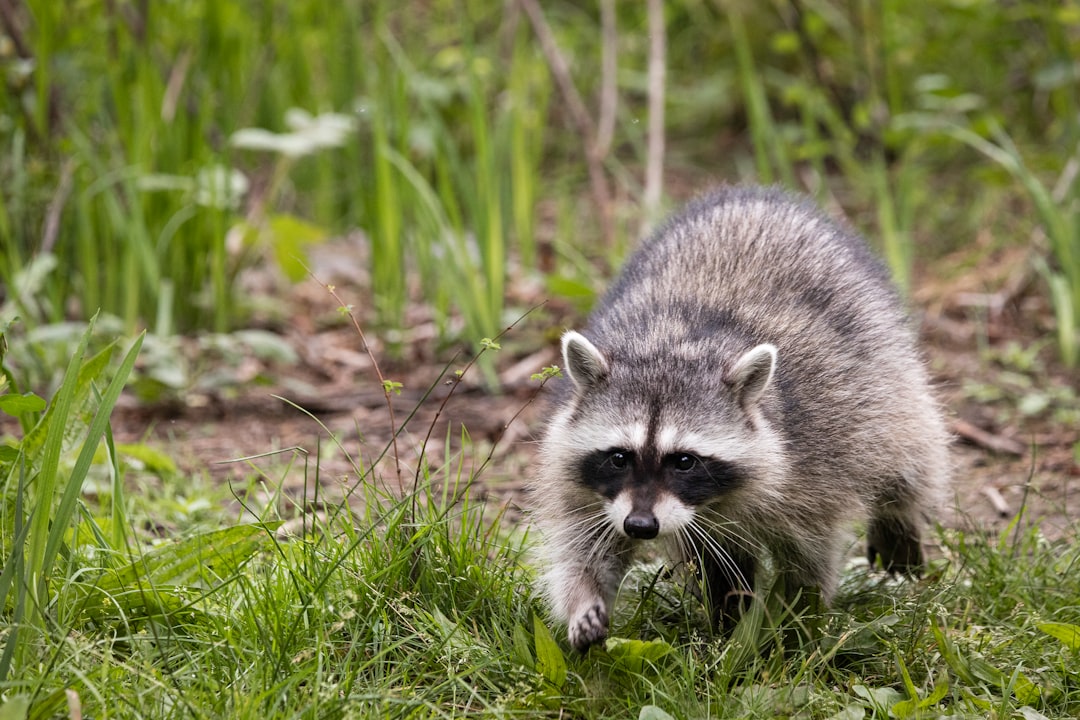What is it about?
Microbes oxidize organic carbon to carbon dioxide. This work shows that the process ultimately becomes so slow that some organic carbon remains unoxidized. Because the photosynthetic creation of organic carbon produces oxygen, the slow, incomplete oxidation of organic carbon results in the accumulation of oxygen in the atmosphere.
Featured Image

Photo by Matthias Heyde on Unsplash
Why is it important?
Carbon near the Earth’s surface cycles between the production and consumption of organic carbon; the former sequesters carbon dioxide while the latter releases it. This work shows why some CO2 is naturally sequestered at timescales ranging from days to millions of years.
Perspectives
It turns out that the ideas used in the paper are similar to ideas used to explain why we wait such a long time for statistical records (e.g., the hottest temperature, or the shortest time to run a mile) to be broken. I find it fascinating that such mathematical concepts can have such wide applicability.
Daniel Rothman
Massachusetts Institute of Technology
Read the Original
This page is a summary of: Slow closure of Earth’s carbon cycle, Proceedings of the National Academy of Sciences, January 2024, Proceedings of the National Academy of Sciences,
DOI: 10.1073/pnas.2310998121.
You can read the full text:
Contributors
The following have contributed to this page










